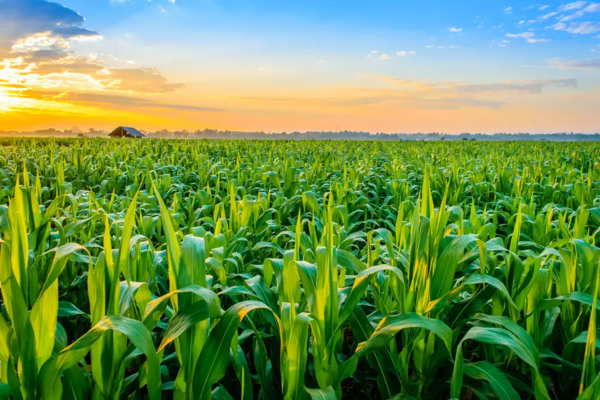The war in Ukraine has severely impacted the production and exportation of corn, wheat, and other commodities. Speaking with Bob Pisani on CNBC’s ETF Edge, Teucrium president and CEO Sal Gilbertie said that this is a “critical” moment for corn.
“It’s critical because it’s corn-planting season in the Northern Hemisphere, and Ukraine, which is a major exporter of corn the planting is interrupted,” said Gilbertie. “We don’t know how much corn they can plant, and if that corn isn’t planted, it won’t exist at all.”
Gilbertie pointed out that about 14% to 16% of the world’s corn exports come from Ukraine, adding: “If they don’t plant it, they won’t have it to export.” The Teucrium chief executive noted, however, that the “corn growing and about to be harvested in Brazil” can possibly replace this supply.
When asked about how the war is impacting wheat, Gilbertie said that wheat is growing now and “should be fertilized now.” However, disruptions in fertilizer exportations brought about by a boycott of Russian fertilizer “could have a problematic effect on the growth of wheat in the Ukraine.”
“The wheat is there. It’s growing,” Gilbertie said. “Will they be able to harvest it? That’s the big question. Harvest season is late June and July. If they can’t harvest it, they can’t export it.”
Russia and Ukraine supply roughly 30% of the world’s wheat.
Added Gilbertie: “The Ukrainian government is saying about 50% of their wheat exports may be inhibited or lost completely. That’s a bigger problem for the world, because those inventories being trapped are going to cause supply disruptions for global wheat.”
The current supply chain disruptions will drive up both supply and demand. “No one can count on their supplies anymore,” Gilbertie said. “So, people are going to hoard. They’re going to have to at least accumulate inventories to build in anticipated supply disruptions, which means the demand for commodities is … higher, not for the actual use, but because people can’t count on steady supply.”
The Teucrium Corn Fund (CORN ), the Teucrium Wheat Fund WEAT, and the Teucrium Soybean Fund (SOYB ) have gone up 35%, 60%, and 24% year-to-date, respectively.
For investors looking to buffer inflation, experts believe that commodities may also be beneficial for inflationary periods, making them a potentially valuable hedge against the recent surge in the prices of goods and services over the last year.
It should be noted, however, that futures are volatile. Agricultural ETFs may offer better opportunities as short-term plays for savvy investors with the proper risk profiles.
For more news, information, and strategy, visit the Commodities Channel.

